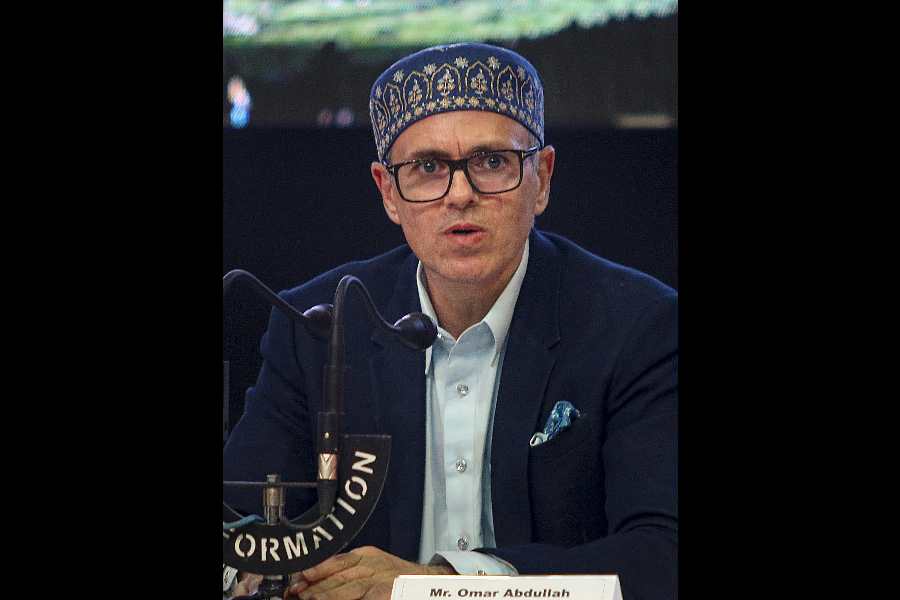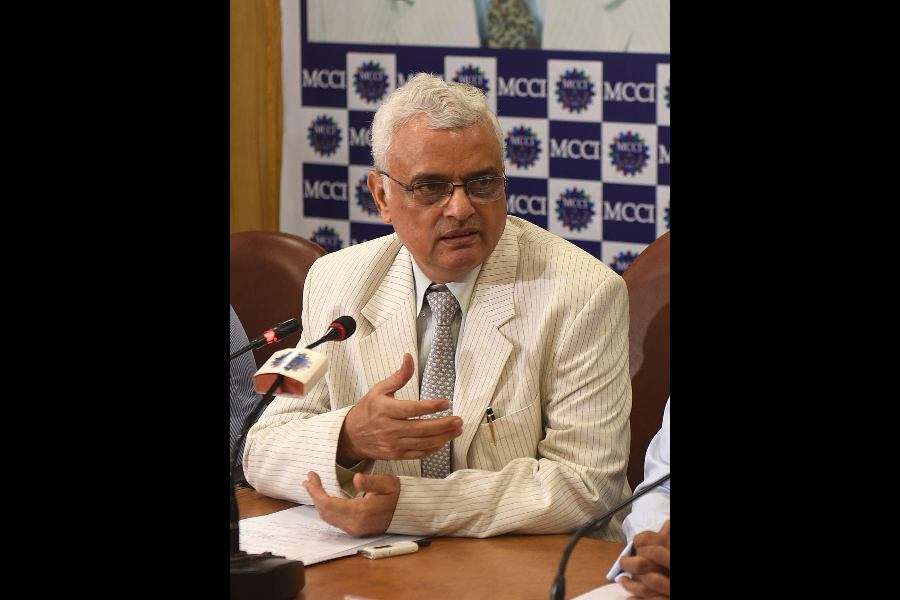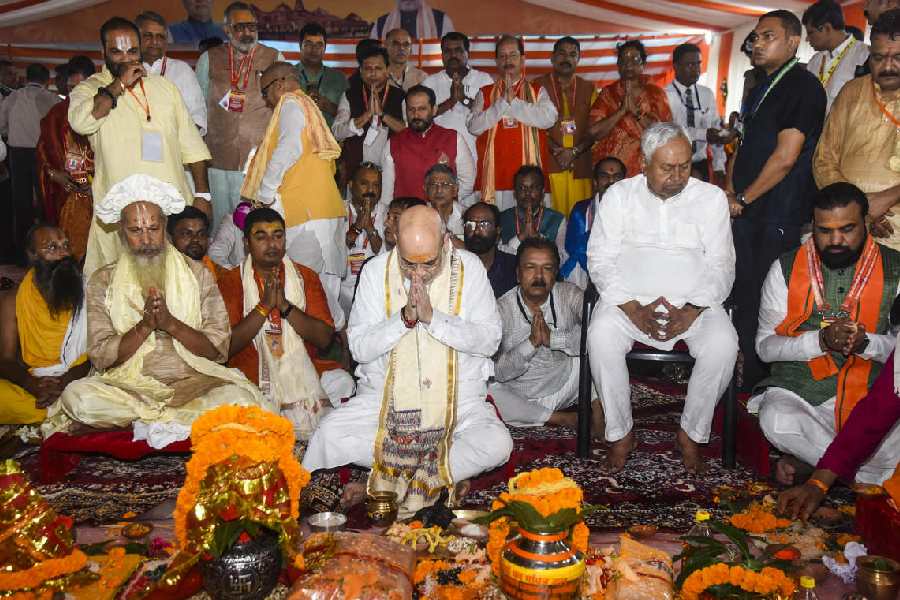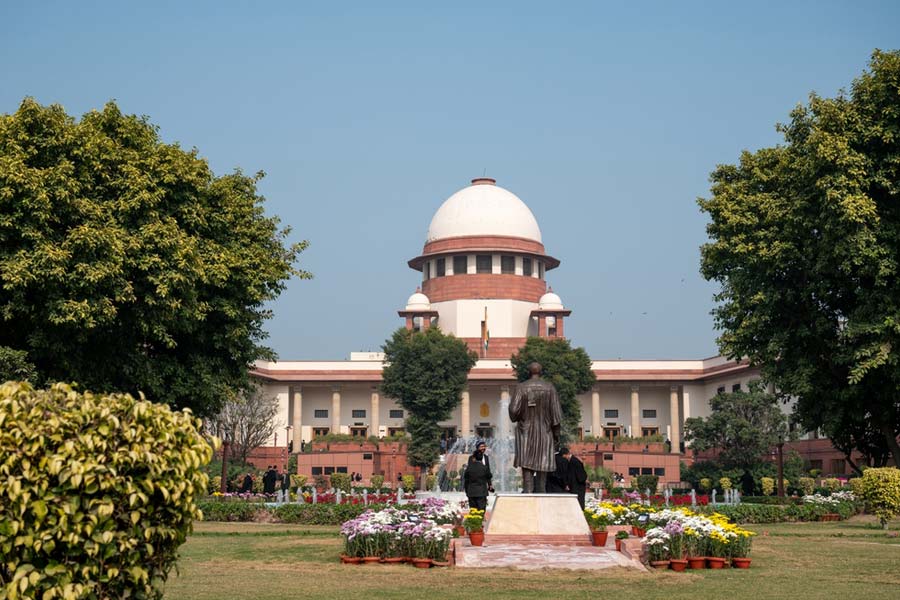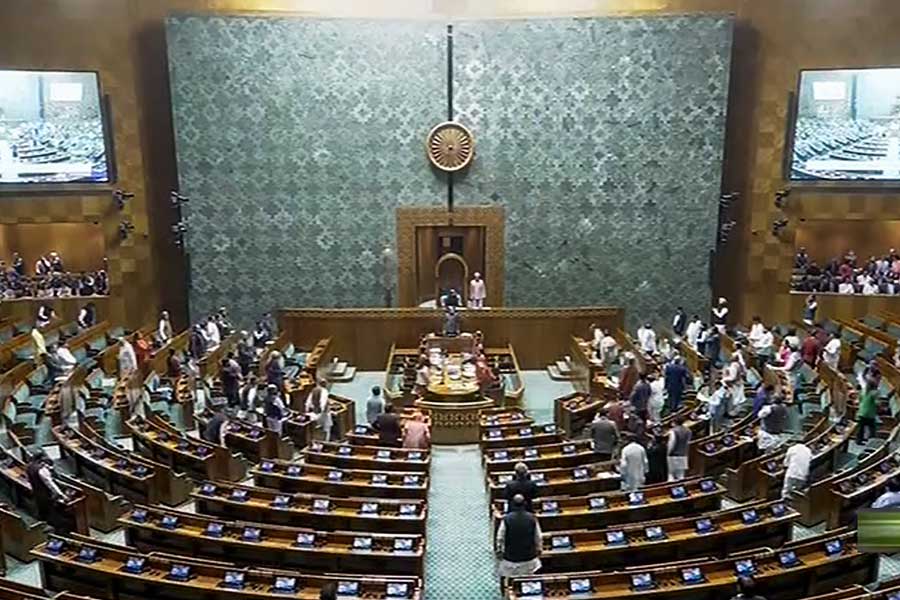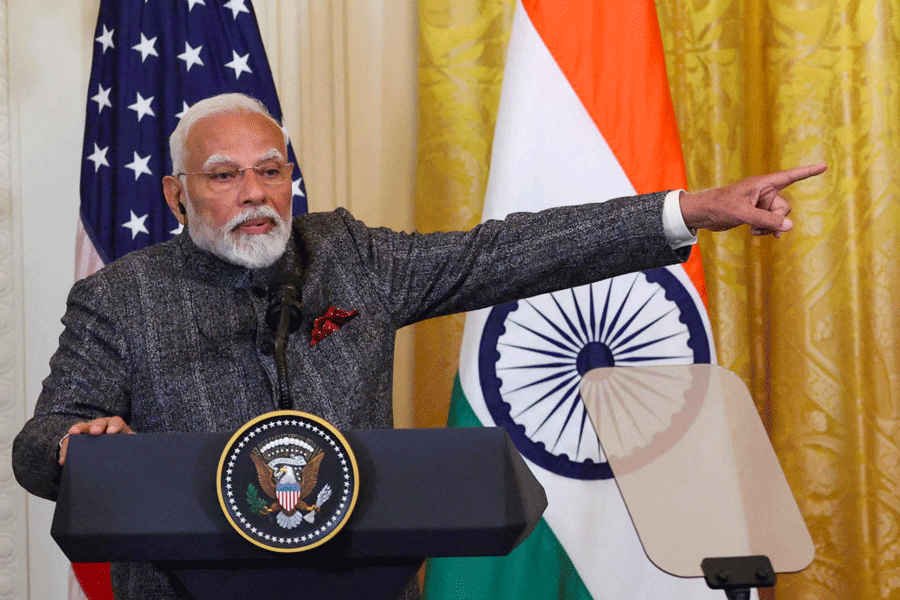|
|
| Tempered aggression |
Security and South Asia: Ideas,Institutionsand Initiatives
Edited by Swarna Rajagopalan,
Routledge, Rs 595
Stephen Philip Cohen is probably one of the few American political scientists who specialize in south Asia. Cohen has not only written on security perspectives of the subcontinent from historical and current perceptions, but till his retirement from the University of Illinois in 1998, he trained a band of Indian students who are now scholars in their own right. The volume under review is a collection of original articles by Cohen’s ex-students in honour of their mentor.
Cohen, in his work, has followed the state-centric realist approach. At times, Cohen has tried to flesh out strategic implications of the polity from the cultural ethos of a civilization. However, post-modernist jargons and emphasis on gender are not really Cohen’s forte. And these latest trends do not feature in the nine articles written by his followers.
In 1964, Cohen wrote an article where he argued that Hinduism has shaped the political management of the army in India from ancient times. He elaborated this argument in his book, titled, The Indian Army (1971). Following his lead, the editor of this volume, Swarna Rajagopalan, assesses Valmiki’s Ramayana for present day strategic relevance. Rajagopalan asserts that the Ramayana emphasizes good governance by the ruling elite in accordance with the dharmik tradition for establishing internal security. Ramayana, claims Rajagopalan, teaches cooperation rather than naked aggression for ensuring external security of the realm.
Unlike Rajagopalan, Kanti Bajpai is not willing to give much weight to Hindu tradition in shaping India’s security policy. However, Bajpai holds Cohen’s view that nukes are bad for both Indian and Pakistani security. In fact, claims Bajpai, the few nuclear warheads in India’s possession have actually reduced rather than enhanced Indian security. Due to the emergence of two countries equipped with nuclear powers in south Asia, the relative stability has been replaced by the paradox of instability. One might point out that this is exactly the view held by the US state department.
Sunil Dasgupta’s essay elaborates Cohen’s argument that the Indian army is apolitical, but is lagging behind at the tactical and operational levels. Dasgupta notes that after the disastrous 1962 India-China War, there has been a trade-off between Indian politicians and military leaders. The frock-coats have agreed not to interfere in the internal organization of the army. In return, the brass hats are willing not to intrude in the spheres of grand strategy. Hence, there is inadequate correspondence between the political, administrative and coercive organs of the state. The net result is haphazard policymaking that offers no incentive to the top brass of the army to go for radical reorganization of their forces.
Some of his students have carried forward their master’s work. Cohen has not written much about insurgency in Sri Lanka, but Kavita R. Khory’s essay concentrates on the low intensity war in Sri Lanka. Somewhat in tune with Mary Kaldor, Khory writes that the internet and the Tamil diaspora are playing a very important role in sustaining the LTTE.
Cohen has done excellent work on Pakistani security. But, there is a conspicuous absence of any Pakistani scholar’s essays in this volume. All the articles are by his Indian students. This Festschrift is essential reading for students and experts specializing in south Asian security.



